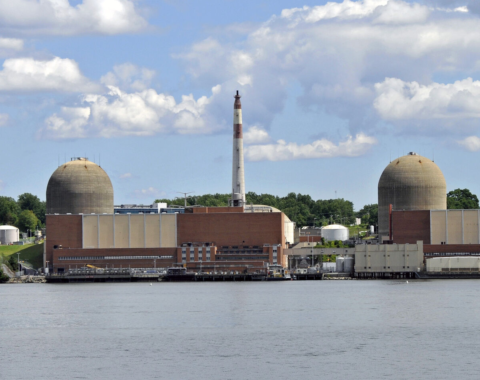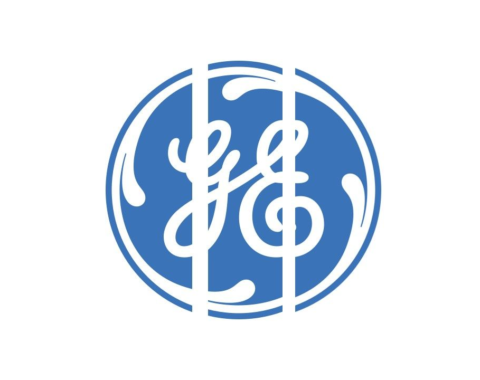The EPA (Environmental Protection Agency) is enforcing a rule enacted several years ago to crack down on coal ash pollution. Under the Obama administration in 2015, the EPA began regulating coal ash storage and disposal with a requirement to close holding ponds that were unstable or had contaminated water. The Trump administration relaxed this rule in 2020, allowing utilities to use less expensive technologies and take longer to comply with federal guidelines. However, the current administration has called on the EPA to carry out these coal ash rules.
Coal ash, the byproduct of burning coal for electricity, often contains mercury, cadmium, arsenic, and other heavy metals. It can pollute waterways, poison wildlife, or cause respiratory illness among those who live near where the coal ash is stored.
On January 12th, the agency denied three coal ash permit extension requests from three different facilities: Clifty Creek coal plant in Madison, Indiana, owned by Indiana-Kentucky Electric Corp.; General James M. Gavin Power Plant in Cheshire, Ohio, owned by Blackstone Group and ArcLight Capital; and Alliant Energy’s Ottumwa plant in Iowa. According to the EPA, the plants had previously indicated they might have to close if extensions weren’t granted. Together, the plants represent around 4.6 GW of generating capacity.
In addition, the 1.3 GW H.L. Spurlock plant in Maysville, Kentucky, owned by East Kentucky Power Cooperative, will be required to fix groundwater monitoring to continue operating its coal ash pond, the EPA said.
The agency said it has identified several potential deficiencies with groundwater monitoring, cleanup, and closure activities. These included a lack of monitoring wells, improper monitoring techniques, faulty identification of other contamination sources, and insufficient evaluations of clean-up technologies.
News of the renewed crackdown came as the EPA also announced that West Penn Power of Greensburg, Pennsylvania would pay a $610,000 penalty due to water discharge violations at two coal ash impoundment landfills in the southwestern part of the state.
According to the settlement, West Penn Power exceeded boron limits in discharges from the Mingo Landfill in Union Township, Washington County, and Springdale Landfill in Frazer Township, Allegheny County.
Along with the penalty, a consent decree requires West Penn Power to build gravity pipelines to new outfall locations for each landfill (Peters Creek for the Mingo pipeline and the Allegheny River for the Springdale pipeline). West Penn will also be required to collect data on instream boron levels in Peters Creek.
The EPA said it has received 57 applications requesting permit extensions and would make more determinations in the next few months.
The agency also sent letters to operators of four current or closed coal-fired power plants, saying they need to make improvements to coal-ash sites to comply with the EPA rules. The AES power plant in Puerto Rico and three closed plants — the former Beckjord power station in Ohio, Tecumseh Energy in Kansas, and Gallagher Generating Station in Indiana — all received EPA warning letters.
These EPA’s regulations require most of the roughly 500 unlined coal ash surface impoundments – nationwide – to stop receiving waste and begin closure by April 2021. The regulations, however, do provide a process that will allow application for two types of extensions to the closure deadline.
The agency said it identified several potential deficiencies with groundwater monitoring, cleanup, and closure activities. These included a lack of monitoring wells, improper monitoring techniques, faulty identification of other contamination sources, and insufficient evaluations of clean-up technologies.
Is there a coal ash pond near you?




